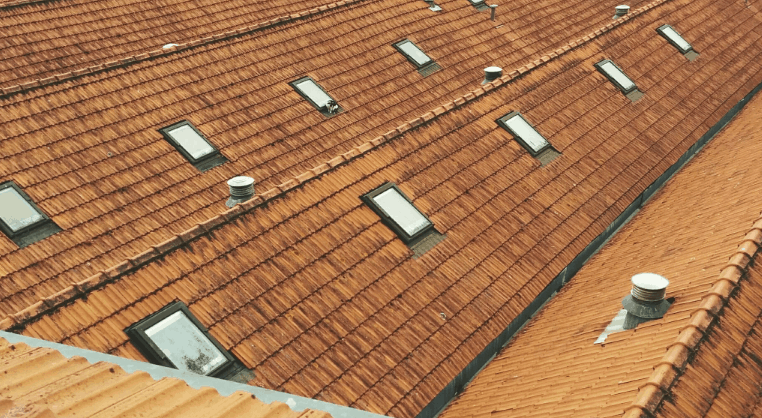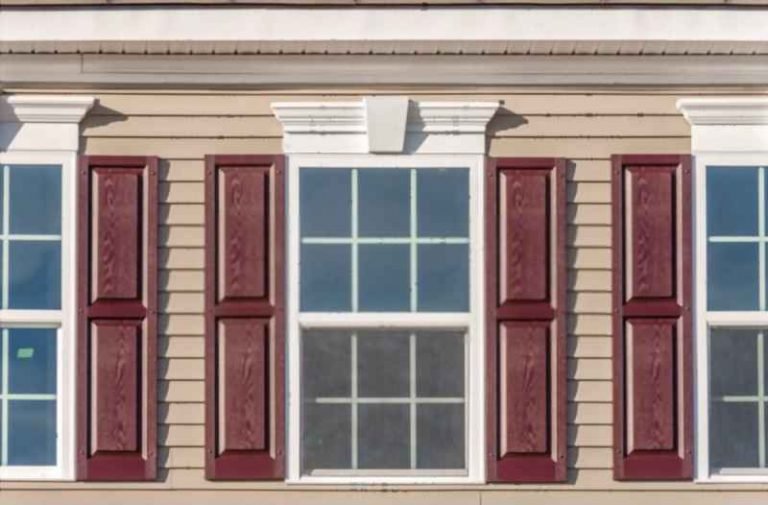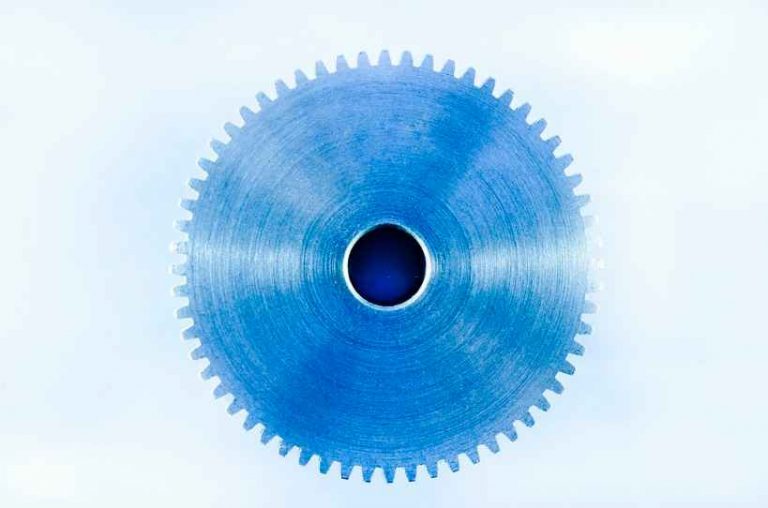Did you just find that your pressure washer pump oil milky and curious as to what this means and if you should be worried about it? Well, that’s why I wrote this post because it happened to be the last time I went to pressure wash my driveway. This post is aimed to get you up and running again in no time.
If the oil in the pressure washer is milky, it means that the oil is contaminated. It also means that you haven’t taken proper care and maintained your pressure washer well enough. <===Too harsh? 🙂 I kicked myself too.
But, why does this happen?
Occasionally, water can enter while you’re using the washer, and oil seals can leak water from the cylinder. As a result, this water can make the oil milky.
So, what should you do if the pressure washer pump oil milky?
You’ll need to identify which part of the pressure washer pump is leaking oil and seal it. But don’t worry, it’s not that hard. We’ve compiled a list of simple step-by-step methods you can do to easily fix this issue.
Furthermore, we’ve also broadly discussed the various reasons why this might happen to you in the first place. You’ll also get to know some pressure washer maintenance tips from this article as well.
That being said, let’s begin.
What Are The Reasons For Milky Oil in a Pressure Washer?
By now, you’ll already know that water contributes to making pressure washer pump oil milky. But, how would water even enter into the pressure washer? And, are there other reasons too?
Well yes, but almost 70% of the time it’s water that’s entering and making the oil turn milky. But, there are a few other reasons as well that contribute to this issue. Let’s take a look at some of these below:
Worn Out Oil Seals
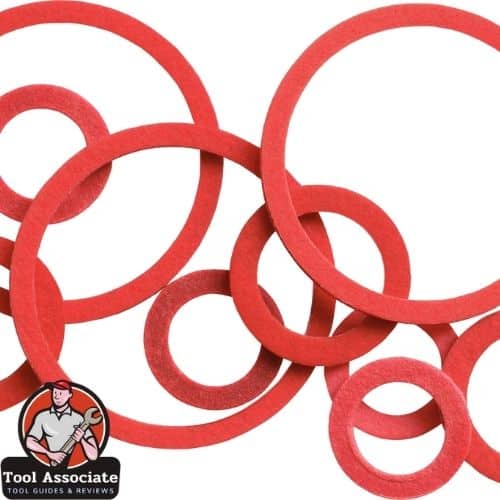
If the oil seals aren’t tight enough, they’ll leak water into the washer. Especially when you’re using the washer, water can easily enter through. As a result, this water gets mixed with the oil inside and turns the oil milky.
On the other hand, water can also enter if the drain plug, site glass, and fill cap isn’t tight enough. So first you’ll need to identify where the water is entering or leaking.
Excess Humidity
Yes, weather too plays a part in getting water inside the pump oil. But, how does it happen?
Well, in places that have humid environments, condensation usually occurs. This causes water to enter into the oil of the pump. However, this only happens if the pressure washer remains idle for a long time.
But turns out condensation won’t be an issue if you’re using the pressure washer. So, if you’re using it continuously, the humid environment won’t have any effect on it.
Crack in Plungers
If you have any cracks in your plungers, it will cause water to enter the oil too. Worn-out seals and cracked plungers are the two main reasons why water enters the oil of the pump.
Emulsification
Normally, emulsification is letting off the water trapped in the oil. And yes, this water causes the oil to be milky. But, why does emulsification take place?
Well, it’s natural. If you live in a cold environment, the water gets trapped inside the oil. As a result, when you start using your pressure washer again, the water comes out. Thus, it creates milky oil.
Turns out, if you don’t use your pressure washer for a long time in winter, this could happen. This is mainly because of the water trapped inside the oil.
The Fixes
By now, you’ll know the various reasons why the oil pump turns milky. But wait; don’t get super worried if you see the oil milky in your pressure washer. I mean, it’s not the end of the world, is it?
We’ve compiled a range of easy fixes that you can follow. Besides, if you follow these steps properly, you can have this issue fixed in no time. That being said, let’s begin:
Tools
Yes, you’ll need a set of tools for this job. But, don’t worry as all of these tools are affordable and readily available. You can purchase them online quite easily or you could get these from your favorite local store! Let’s take a look at the list of tools you’ll need:
- Oil seals (Link from Amazon)
- Seal repairing kit (Link from Amazon)
- Wrench (Link from Amazon)
- Gloves (Link from Amazon)
- Bowl (Link from Amazon)
- Hammer (Link from Amazon)
- Scissor (Link from Amazon)
- Re-seal (Link from Amazon)
- New oil (Link from Amazon)
- Cleaner (Link from Amazon)
- Clean Cloth (Link from Amazon)
After you’re done gathering the tools and making all the preparations needed, let’s look at the process:
Method 1: Replacing the Worn out Oil Seals
Normally it’s the worn-out oil seals that contribute to water entering. This water enters into the pressure washer. But, it’s easy to replace or fix them and the repairs won’t even cost you much.
By fixing the oil seals, you’ll also fix the pressure washer pump leaking oil. Now let’s look at the step-step process:
Step 1: Purchase an Oil Seal Kit
It’s essential that you get an oil seal kit for the damaged seals. So first, buy an oil seal from your favorite local store or get them sent to you via Amazon. Also, keep in mind that the oil seal depends on your washer pump so make sure you know what model you have.
Normally, common washer pumps are Dewalt 4200 and the Honda GX 390. If you know your water pump, you can simply buy the correct oil seal for it. After you purchase the oil seal kit, replace it with the oil and water kit seal.
If your old oil seal is made of rubber, you can easily remove it by pulling it out.
Alternativly, you can replace the entire assembly pump to ensure you have a proper unit working like new again. Here are common replacement units for Briggs & Stratton, Troy Bilt & Craftsman, and everyone else.
Step 2: Change the Worn Out Seal
An oil seal can be worn out at any time. This seems to be one of the most common issues with washer pumps. Unfortunately, once a seal gets worn out, it’s important to replace it.
Apart from this, the seals can also expand and contract due to the effects of the weather. So, always keep an eye out for that as well.
After you remove the worn-out seal from the pressure washer, replace it with the new seal in the same place and make sure it properly fits in place.
Step 3: Place the Right Seal
The right seal can ensure that no oil or water can leak into or out of the pressure washer. So, always use the right seal for your washer pump. Don’t put too much pressure to push the seal in its place.
Method 2: Pressure Washer Repair
If you don’t want to replace the old seals, you can also make repairs inside the pressure washer. Even though the process might take some time, it’s still simple. Plus if you follow these steps properly, you can do it in no time.
So, let’s look at the step-step process:
Step 1: Take off the Exterior of the Washer
To begin with, take a wrench and loosen up every bolt outside the exterior. By doing this, you can take off the exterior of the washer. Make sure you don’t lose the bolts! Keep them in a bowl or something.
Step 2: Remove the Allen Socket
After you remove the exterior, you’ll to able to see the interior of the pump. If you see oil on the surface, remove the Allen socket to get inside the pump case. Take the wrench and loosen the socket.
Step 3: Remove the Valve Inside
By removing the pump case, you’ll see the valve inside. Take a scissor and pull the valve out. But, be careful to not damage it.
Step 4: Split the Case
To reach the oil side of the pump, split the case in two by using a hammer. But, make sure you’re not damaging the case.
Step 5: Apply Re-Seal in the Oil Ring
After you split the case in two, you’ll see the oil ring. Here, the oil ring should be leaking out oil and water. Apply re-seal on the oil ring to seal it.
Step 6: Add Oil
After you’re done, add oil to the pump. But do make sure that the pump is in an upright position before adding oil. Be sure to use oil that is made for pressure washers. A good selection is here.
But, do you need a torque wrench to change oil?
No, you don’t need to change any oil here. You can just add fresh oil to the container. Following this, make sure that the oil is on the right level.
Step 7: Reattach Everything & Clean Oil
Finally, you’ll need to reattach every bolt to put the pump back to the way it was before.
Afterward, take some cleaner and clean the oil that was lying around inside the pump. Wipe the cleaner off using a cloth.
Pressure Washer Pump Maintenance
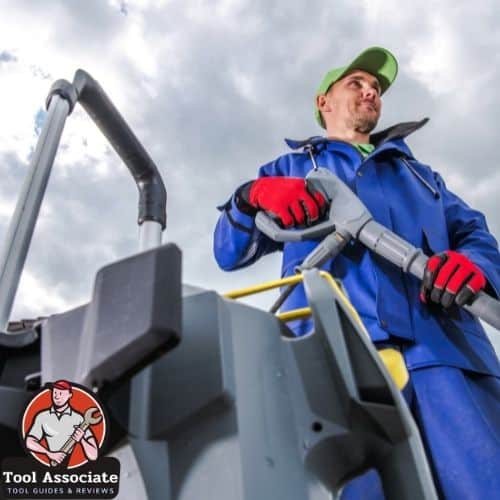
If you could check the oil seals at least twice a year, it’ll be enough to maintain it. Moreover, if you could make sure to have a look at both the exterior and interior of the pump that’ll be much better and the pump would last longer.
You should also add a Pump Protector Anti-Freeze for storage over the winter months. This will ensure that there is no cracking happening where you would need to replace the entire thing.
Maintenance is the key to a long-lasting pressure washer. And yes, proper maintenance would mean that there will be no oil or water leaking from it.
Let’s now look at how you can maintain a pressure washer:
- Run the heat of the pressure washer to let the emulsified water come out of the oil.
- Always change the pumping oil of the washer.
- Drain the used oil from the washer.
- Take the contaminants out of the pump 2-3 times a year.
- Use cleaning fluids for the pressure washer.
Frequently Asked Questions
Why is my pressure washer leaking oil?
If your pressure washer is leaking oil it means that an oil seal inside your pressure washer might’ve been broken or worn out. This will eventually lead to oil leakage
What kind of oil does my pressure washer need?
Oil is a critical component of your pressure washer pumps. Make sure to use non-detergent oil, as it resists the effects of high heat better than detergents can and will not leave residue in or on parts that could damage them over time.
That’s all for this post. If your pressure washer pump oil milky, now you know why and what to do about it!
In the end, we’d like to say that Regular maintenance is the most effective way to prevent this issue from occurring. So, always watch out for oil or water leaks. The fixes that we taught you are simple yet effective plus you won’t need a professional. However, if you’re not comfortable doing it yourself, you can always get help.

